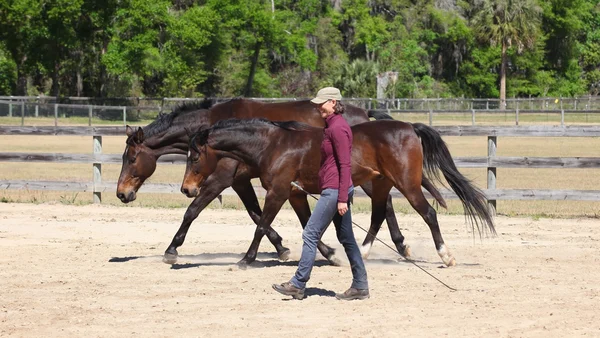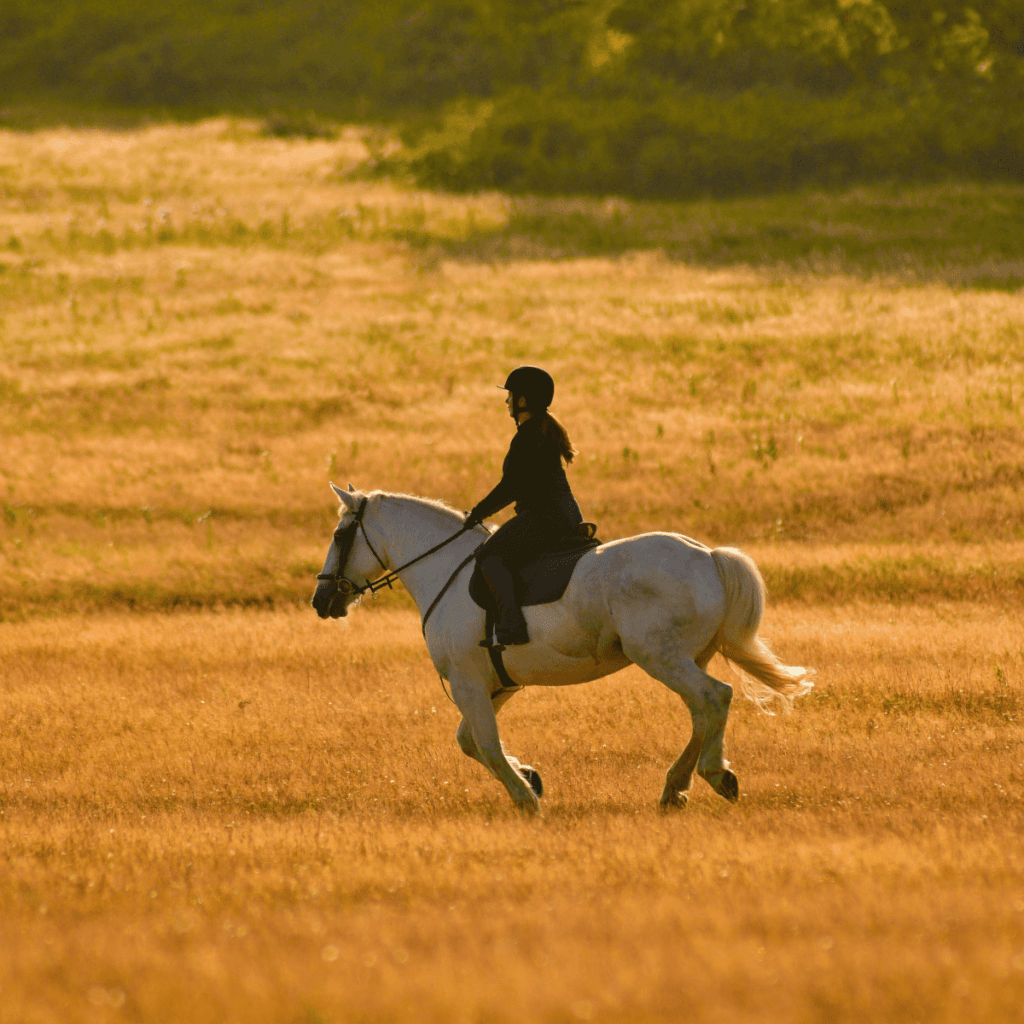Principles and Practices
Natural horsemanship has gained popularity among riders and trainers who seek to build a deeper connection with their horses. This approach emphasizes understanding the horse’s behavior, using effective communication, and creating a trusting partnership. Let’s dive into the key principles and practices of natural horsemanship.
Understanding the Horse
At the heart of natural horsemanship is a deep respect for the horse as a sentient being. Riders learn to observe and interpret their horse’s body language and behaviors. This understanding helps create a more harmonious relationship, as riders can respond to their horse’s needs and emotions.
Key Concepts:
- Herd Mentality: Horses are herd animals and have strong social structures. Understanding this can help riders create an environment where horses feel secure and valued.
- Body Language: Learning to read a horse’s posture, ear position, and movements is crucial. These cues reveal how the horse is feeling, allowing for more effective communication.
Building Trust and Respect
Natural horsemanship focuses on building trust between horse and rider. This process requires patience and consistency. Riders work to earn their horse’s respect, rather than demanding it through force.
Practices to Foster Trust:
- Groundwork: Before riding, many natural horsemanship practitioners engage in groundwork. This includes exercises that help the horse learn to respond to cues on the ground, building trust and understanding.
- Positive Reinforcement: Using rewards, such as treats or praise, encourages desired behaviors. This approach reinforces the horse’s willingness to cooperate.
Effective Communication
Communication is a two-way street in natural horsemanship. Riders learn to convey their intentions clearly while also listening to their horse’s responses. This creates a partnership built on mutual understanding.
Key Techniques:
- Light Cues: Instead of relying on heavy-handed methods, natural horsemanship emphasizes using light cues, such as shifts in weight or subtle movements, to guide the horse.
- Consistency: Being consistent with cues and responses helps the horse learn and feel secure. Inconsistent signals can confuse them and lead to mistrust.
Developing a Partnership

Natural horsemanship aims to create a partnership rather than a traditional horse-rider dynamic. This partnership allows for greater collaboration in training and riding.
Collaborative Practices:
- Problem Solving Together: When challenges arise, natural horsemanship encourages riders to work with their horse to find solutions. This approach fosters creativity and strengthens the bond.
- Shared Experiences: Engaging in activities outside of riding, such as trail walks or liberty work (working with the horse without a halter), can enhance the partnership.
Continuous Learning
Natural horsemanship is an evolving practice. Riders are encouraged to be lifelong learners, continually seeking to improve their understanding and skills. Workshops, clinics, and books by respected trainers can provide valuable insights.
Resources for Learning:
- Books and Videos: Many experts in natural horsemanship offer resources that cover various techniques and philosophies.
- Mentorship: Finding a mentor who practices natural horsemanship can provide hands-on guidance and support.
Exploring natural horsemanship opens the door to a deeper understanding of horses and a more fulfilling riding experience. By focusing on trust, communication, and partnership, riders can foster a harmonious relationship with their horses. Whether you’re a seasoned rider or just starting, embracing the principles of natural horsemanship can transform your journey with these magnificent animals.




